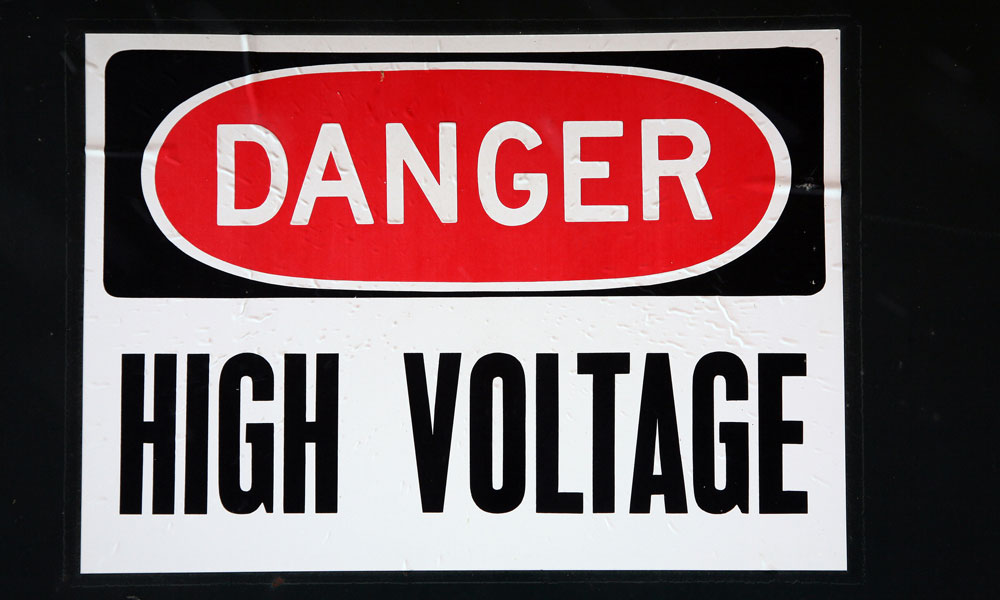
Electrical Manufacturers Group Reenergizes Disaster Safety Guidelines
Natural disasters have struck the U.S. frequently in recent years, leaving devastation in their wake. The National Electrical Manufacturers Association has issued amended equipment assessment guidelines to ensure better safety measures as a result of repairs following a major tragedy.
With forest fires raging and floodwaters rising, the National Electrical Manufacturers Association updated safety guidelines designed to help electricians, public officials, and residents recover after a natural disaster.
“This is a life safety issue,” said Bryan Holland, NEMA’s southern region field representative, which covers Baton Rouge, Louisiana, where major flooding in August left multiple people dead and tens of thousands of homes damaged.
NEMA’s new guidelines, released last week, assist experts on whether electrical products or systems should be replaced or repaired. Following this summer’s devastating disasters in California and Louisiana, NEMA sent the document to electricians and civil authorities in both states.
One of the key aims of the updated document is to get those involved in recovery efforts to take care when refurbishing electrical equipment. NEMA wants to avoid a repeat of what happened following Hurricane Sandy in 2013, when a massive electrical fire left three blocks in Seaside Heights, New Jersey, in ashes.
Despite the string of weather-related tragedies in the news lately—and hurricane season on the way—Holland said the update has been in the works for a while.
“Our goal is to do as much training and education as possible to protect [peoples’] electrical situations, and that will help prevent injuries from fires or a shock of electricity from occurring,” he said.
The updated guidelines were reviewed by several NEMA committees before they went to print. Subcommittees focused on different areas of the electrical field also have an opportunity to propose changes to association-issued recommendations before the final document goes to a standards committee for final approval.
As part of his job, Holland—like NEMA’s other field representatives—also serves as a resource and coordinates with local stakeholders whenever a natural disaster—or otherwise—strikes. That includes working with unions, officials, police and fire departments, and electrical equipment manufacturers to ensure employees are safe and that equipment is getting to where it’s needed following a tragedy.
His already-existing bonds with the key players in Louisiana were helpful following the state’s most recent weather-related disaster.
“They knew me here, and we had already had a previous flooding event that occurred earlier in the spring,” Holland said. “We already wanted to make sure they had the sufficient knowledge on hand to distribute it to local building officials.”
In the end, Holland says these updated guidelines benefit consumers and homeowners as well. Most people have little appreciation for how electrical equipment operates—until the power disappears.
“Electricity is taken for granted in homes,” Holland said. “It’s the least visible—wiring is all concealed behind walls. When that system goes down, it’s the first one that’s missed. When the electricity goes down, it’s a serious issue.”
(iStock/Thinkstock)





Comments